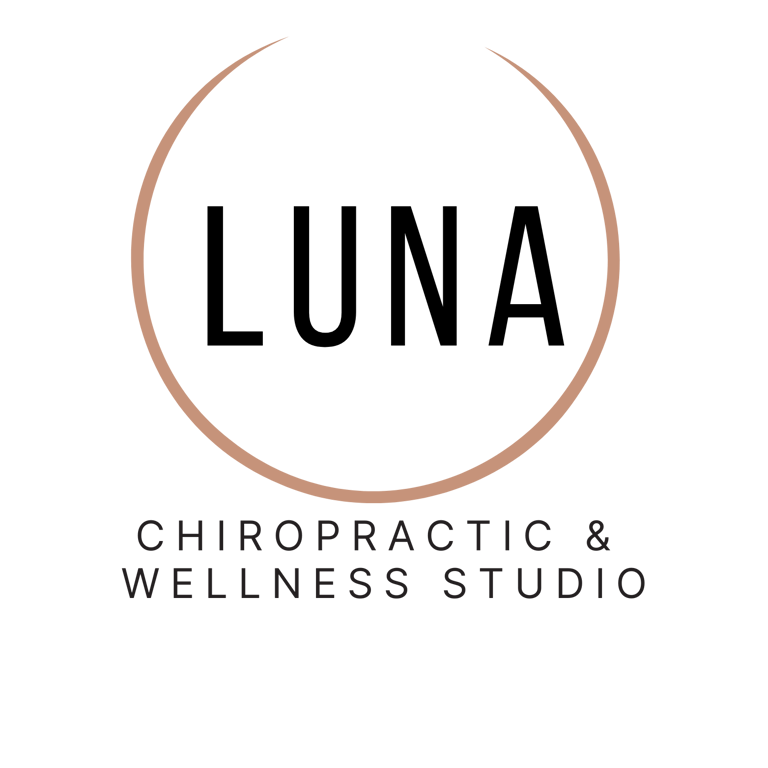Recover. Rebuild. return stronger. Personalized care for sports recovery, injury prevention, and maternal wellness
Three Most Common Sports Injuries and How to Prevent Them
In this article, we explore the three most common sports injuries that athletes and gym goers face. We'll break down the causes behind these injuries, how they impact performance, and provide practical tips for prevention. Whether you're a seasoned athlete or just getting started, understanding these injuries can help you stay safe and perform at your best.
By Desiree L. Yllan, DC, CCSP
2/10/20253 min read


Sports injuries are an inevitable part of an athlete's journey, whether you're a professional competitor or someone who enjoys staying active. While the thrill of competition and the satisfaction of pushing your physical limits are often the main focus, it's essential not to overlook the risks that come with it. The impact of these injuries can be both physically and emotionally challenging. Whether you're an aspiring athlete or just someone looking to stay healthy, understanding these injuries and how to safeguard yourself can make all the difference in your long-term performance and well-being.
Here’s a short list of the 3 most common sports-related injuries:
Sprains & Strains (e.g., ankle sprains, hamstring strains)
Tendinitis (inflammation of tendons, such as tennis elbow or Jumper's knee)
Back Injuries (Low Back Pain caused by muscle strains and improper lifting techniques)
Sprains & Strains
Sprains and strains commonly occur together. These injuries occur when the ligament or muscles of the affected area are overloaded beyond their capacity which results in overstretching or tearing in some cases.
Symptoms: Pain, swelling, bruising, muscle weakness, limited joint mobility
Causes: Sudden movements or overexertion during physical activity.
Grades: These injuries can run from Grade 1-3 depending on the nature of the injury
Grade 1: Mild injury to the ligament or muscle with minor swelling, tenderness, or pain
Grade 2: Moderate injury with partial tearing of the ligament or muscle. Moderate pain, swelling, tenderness, bruising, and restricted motion will be present.
Grade 3: Severe injury with complete rupture of the ligament or tendon causing intense pain and loss of function. These injuries are considered unstable and will need an orthopedic surgeon consultation.
Tendinitis
Inflammation of a tendon is often caused by repetitive motions or overuse. Common areas affected include the shoulder (rotator cuff tendinitis), elbow (tennis elbow), and knee (patellar tendinitis). This injury is especially prevalent in both sports and weightlifting activities.
Symptoms: Pain and swelling around the tendon that is worse with movement or after activity. The affected area might feel tender and stiff especially in the morning or after long periods of rest. Pain and stiffness may lead to limited range of motion and crepitus in the surrounding joint.
Causes: Typically caused by repetitive use or overuse of a particular muscle group or joint especially in activities such as running, jumping, cycling, swimming, volleyball, basketball, or baseball.
Back Injuries
These range from strains to more serious injuries like herniated discs, often resulting from improper form, overuse, or high-impact sports.
Symptoms: Localized pain the most common symptom of a back injury. Pain may be felt in a specific area, such as the lower back, upper back, or neck. It can range from dull and aching to sharp and stabbing. Sometimes pain from the back can radiate to other areas such as down the back of the leg or down the arm into your fingers. Other common symptoms are muscle stiffness, spasm, tension, or numbness and tingling into the extremities.
Causes: Poor posture, improper lifting technique, overtraining or excessive strain on the spine can cause these injuries. A prior back injury or previous strain can increase susceptibility to further damage. Previous herniated discs, sprains, or fractures can make the back more vulnerable to re-injury.
Injury Prevention Protocol:
Warm-Up Properly
Dynamic stretching: Before any physical activity, perform dynamic stretches like leg swings, arm circles, or hip rotations to increase blood flow to muscles and improve flexibility.
Gradual buildup: Start your workout at a low intensity and gradually increase it to prevent sudden stress on your muscles and joints.
Use Proper Technique
Correct form: Whether you're lifting weights, running, or playing sports, using proper technique ensures you don’t put undue stress on muscles or ligaments.
Posture awareness: Pay attention to your posture during exercises or physical activity, especially when lifting heavy weights or performing high-intensity movements.
Strengthen Muscles and Ligaments
Target weak areas: Focus on strengthening muscles around vulnerable areas (e.g., hamstrings, calves, shoulders) to help stabilize joints and prevent overstretching or overexertion. A key emphasis on eccentric training has proven to strengthen ligaments and muscle tendons.
Core exercises: A strong core helps with balance and stability, reducing the risk of straining muscles or twisting joints.
Gradual Progression
Increase intensity slowly: Don’t push your body too hard too quickly. Gradually increase the intensity, duration, or weight of your exercises to avoid overloading muscles and ligaments. A general rule of thumb is to progress training intensity by no more than 10% on a weekly basis.
Rest and recovery: Give your muscles time to recover after intense activities. Overuse is a major cause of strains, so listen to your body and take breaks when needed.
Know Your Limits
Don’t push through pain: A little bit of discomfort is okay during your workout, pain is not. If you feel pain, stop immediately to avoid further injury. Pushing through pain can lead to more serious injuries.
Rest when needed: Make sure to take rest days to let your body recover and prevent overuse injuries.
At Luna Chiropractic & Wellness Studio, we offer expert chiropractic care with a focus on sports medicine, recovery, and wellness. Whether you're training, healing from an injury, or navigating pregnancy, our care is tailored to support your active lifestyle.
We specialize in prenatal & postpartum chiropractic, including the Webster Technique, to help expecting mothers feel aligned, balanced, and comfortable. For athletes and active individuals, we provide targeted treatments to improve mobility, relieve pain, and enhance performance.
Located in the heart of the South Bay, we proudly serve clients from Redondo Beach, Hermosa Beach, Manhattan Beach, Palos Verdes, and Torrance, creating a welcoming space for healing and recovery.
Whether you're coming back from injury or pushing for peak performance, our mission is simple:
Recover. Rebuild. Return Stronger.
contact us:
© 2024. All rights reserved.


Located in Her Integrative Wellness
234 S. Pacific Coast Hwy, #205 Redondo Beach, CA 90277
Phone: (424) 262-3107
Fax: (424) 358-4703
Email: info@lunawellstudio.com
clinic Hours:
